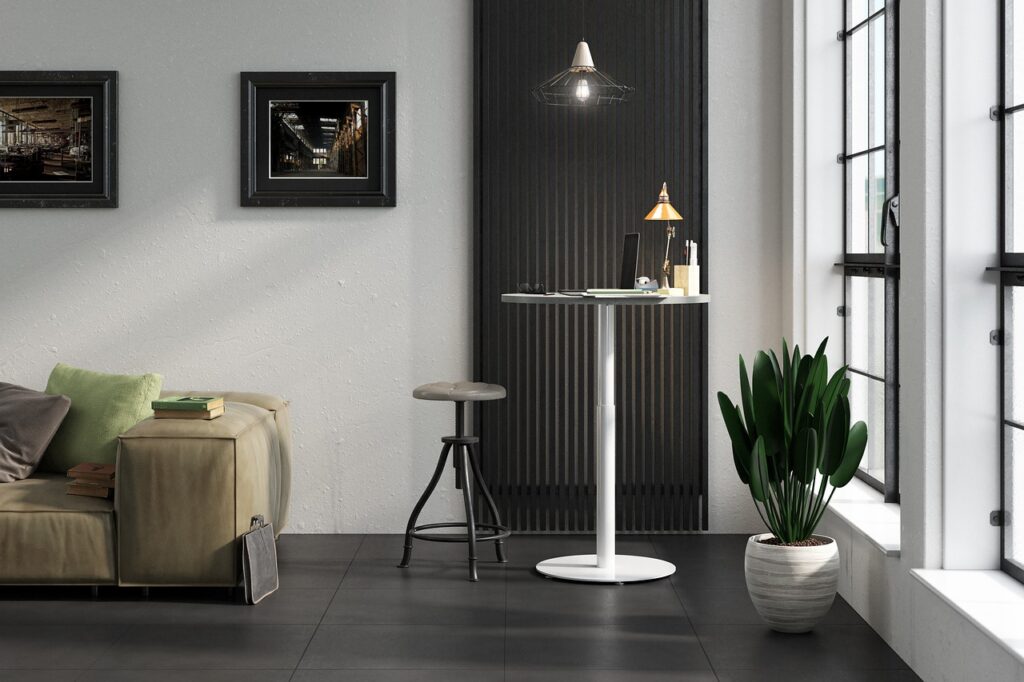In an era marked by rapid technological advancements and evolving work dynamics, the traditional office space is undergoing a profound transformation. As businesses adapt to remote work models and embrace flexible schedules, the role of office interior design is more crucial than ever in creating environments that inspire collaboration, foster innovation, and enhance employee well-being.
Embracing Flexibility and Adaptability
Office interior design is moving away from rigid layouts towards flexible and adaptable spaces that can accommodate diverse work styles and preferences. Open-plan layouts with movable furniture, modular partitions, and flexible seating arrangements allow employees to customize their work environment based on their tasks and preferences. By embracing flexibility, office interior design can create dynamic spaces that promote creativity, collaboration, and productivity.
Blurring Boundaries: The Rise of Hybrid Workspaces
The rise of remote work and flexible schedules has blurred the boundaries between home and office environments. As a result, office interior design is embracing the concept of hybrid workspaces that seamlessly integrate elements of both home and office environments. Comfortable lounges, informal meeting areas, and residential-inspired design elements create a relaxed and inviting atmosphere that encourages collaboration and innovation. By blurring the lines between work and leisure, office interior design can create environments that foster creativity, connection, and well-being.
Prioritizing Well-being and Sustainability
Employee well-being and sustainability are becoming increasingly important considerations in office interior design. Biophilic elements such as natural light, indoor plants, and organic materials promote health and well-being by reducing stress, increasing productivity, and improving air quality. Sustainable design practices such as energy-efficient lighting, recycled materials, and green building certifications minimize environmental impact and create healthier and more sustainable office environments. By prioritizing well-being and sustainability, office interior design can create spaces that support the physical, emotional, and environmental health of employees and the planet.
Harnessing Technology for Enhanced Productivity
Technology is playing an increasingly important role in office interior offering innovative solutions to enhance productivity, collaboration, and communication. From interactive displays and digital whiteboards to wireless charging stations and smart lighting systems, technology is reshaping the way we work and interact in office environments. By harnessing the power of technology, office interior’s design can create environments that are efficient, connected, and conducive to collaboration and creativity.
Conclusion
In conclusion, the future of work is being shaped by profound changes in work dynamics, technology, and employee expectations. Office interior plays a pivotal role in creating environments that inspire creativity, foster collaboration, and enhance employee well-being. By embracing flexibility, blurring boundaries between home and office environments, prioritizing well-being and sustainability, and harnessing technology for enhanced productivity, office interior can create spaces that support the evolving needs of the modern workforce.





